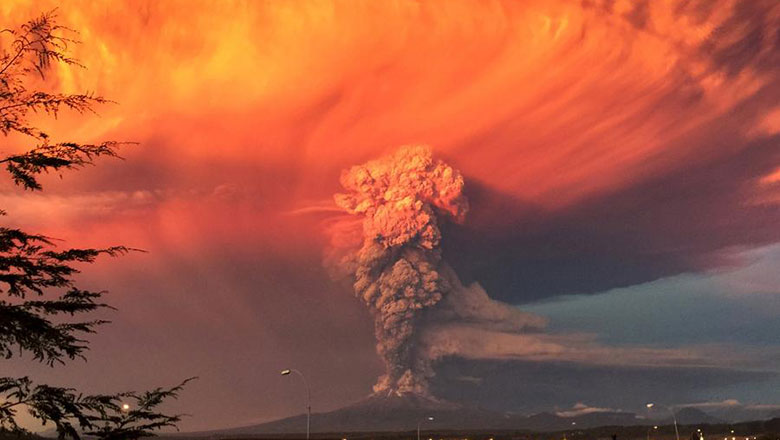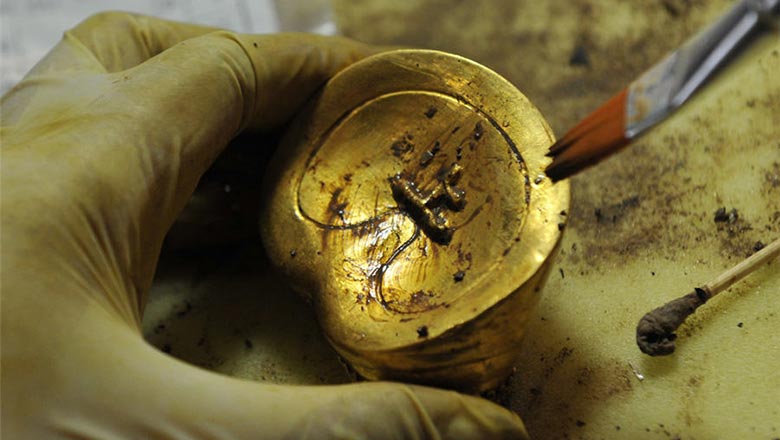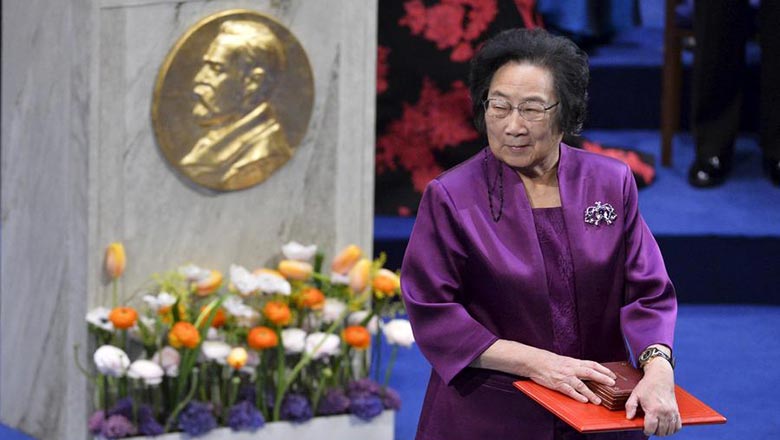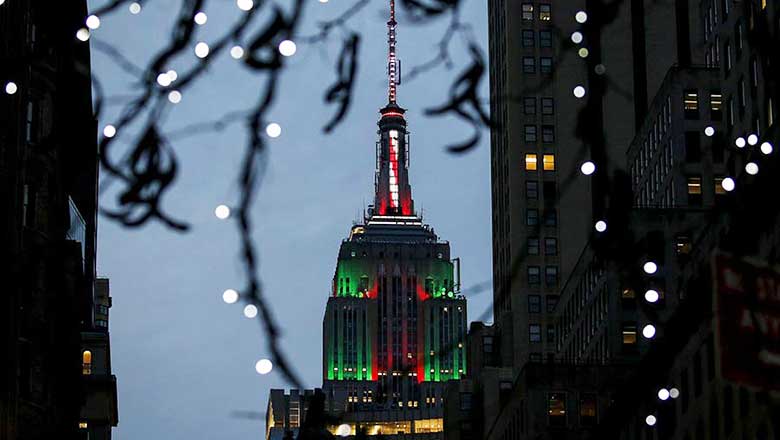Beijing places environment at top of agenda
Updated: 2015-12-11 07:57
By Hu Yongqi(China Daily)
|
||||||||
Five-year plan focuses on ecology, infrastructure and transportation
In an effort to make Beijing a more pleasant place to live, the city is planning to upgrade the transportation system and improve the environment over the next five years.
The capital's 13th Five-Year Plan (2016-20) released on Tuesday focuses on several major projects, including infrastructure improvements, a new seat for the Beijing municipal government, further integration with Tianjin and Hebei province, and fostering a cleaner and more comfortable environment for a smog-harassed population.
The plan is based on Beijing's current situation of severe traffic jams, air pollution and development disparity, said Lu Jiehua, professor of sociology at Peking University.
"If properly implemented, it will help build a city with refreshing air and a vital economy," he said.
The plan for integrated development of the Beijing-Tianjin-Hebei cluster, released by the central government in March, promotes Beijing as the center for national politics, cultural industries, international exchange and technological innovation.
Over the next five years, Beijing will continue to support innovation and business startups in a bid to give strength to its economy.
The plan addresses overcrowding in the city of more than 21 million permanent residents, with a goal to relocate about 15 percent of its permanent residents, or 1.9 million people, from the six districts of Haidian, Chaoyang, Dongcheng, Xicheng, Shijingshan and Fengtai, to suburban areas to make space for the central government and high-end industries.
Beijing's municipal government also intends to relocate some industries to other cities and some downtown residents to the suburbs in order to reduce population density and create more room for central government departments.
More job opportunities will be created in the suburban areas to attract those who had been employed in downtown areas.
The city will build more highways, subways and intercity rails to connect downtown Beijing with suburban districts and neighboring cities in Hebei and Tianjin. Increased subways lines will be key to easing traffic jams, especially during rush hours, according to the plan. By 2020, the city will have a total length of 900 kilometers of operational subways, an increase of more than 60 percent.
A second international airport is being built in southern Beijing in Daxing district and the neighboring city of Langfang in Hebei province. It is scheduled to open in 2019 and transport 120 million passengers annually by 2050.
When the airport is completed, the Nanyuan Airport, now used for civil and military flights, will be relocated to the Daxing airport, making it the city's second-largest in terms of passenger capacity, following the Beijing Capital International Airport.
The plan also provides for 301 projects over the next five years to create new facilities, repair roads and cultural heritage sites, reduce coal consumption, and build parking lots, entertainment and sports activities, said Lu Yan, director of the Beijing Municipal Commission of Development and Reform.
By 2020, more residents are expected to ride bicycles or drive electric cars to help reduce carbon emissions that cause blanketing smog, especially in winter.
By 2020, PM 2.5, unhealthy particulate matter with a diameter of less than 2.5 microns, is expected to drop by 15 percent compared to the figure in 2014, Lu said.
A cleaner Beijing will make the city a better co-host of the 2022 Winter Olympic Games with the city of Zhangjiakou in Hebei province in the northeast.
The Yanqing district neighboring Zhangjiakou will pour more funds into clean energy, and will continue to safeguard forests and green areas, Guo Jinlong, Beijing's Party chief, told the news media last month.
huyongqi@chinadaily.com.cn
- More aid from China set for Syria
- Japanese journalist reportedly being held in Syria
- New York City has warmest Christmas Eve on record
- One dead as fight leads to fatal shooting at North Carolina mall
- Trump's lead bodes well for Hillary Clinton's presidential bid
- Spanish Socialist leader insists no support for Rajoy

 Top 10 policy changes in China in 2015
Top 10 policy changes in China in 2015
 Yearender 2015: Natural disasters
Yearender 2015: Natural disasters
 The world in photos: Dec 21 - 27
The world in photos: Dec 21 - 27
 Yearender: Film critics' top 10 Chinese films of 2015
Yearender: Film critics' top 10 Chinese films of 2015
 Goldware inscribed with characters unearthed from ancient cemetery
Goldware inscribed with characters unearthed from ancient cemetery
 China's top scientific achievements in 2015
China's top scientific achievements in 2015
 Yearend 2015: A picture and its story
Yearend 2015: A picture and its story
 Christmas celebrated across the world
Christmas celebrated across the world
Most Viewed
Editor's Picks

|

|

|

|

|

|
Today's Top News
Shooting rampage at US social services agency leaves 14 dead
Chinese bargain hunters are changing the retail game
Chinese president arrives in Turkey for G20 summit
Islamic State claims responsibility for Paris attacks
Obama, Netanyahu at White House seek to mend US-Israel ties
China, not Canada, is top US trade partner
Tu first Chinese to win Nobel Prize in Medicine
Huntsman says Sino-US relationship needs common goals
US Weekly

|

|








